Celebrating 100 years of the RAF, and the men and women who run the service
From noiseless gliders to pilotless drones, the Royal Air Force has come a long way. Nick Hammond visits the UK’s largest base to celebrate the Force’s centenary on April 1. With photographs by Mark Williamson.
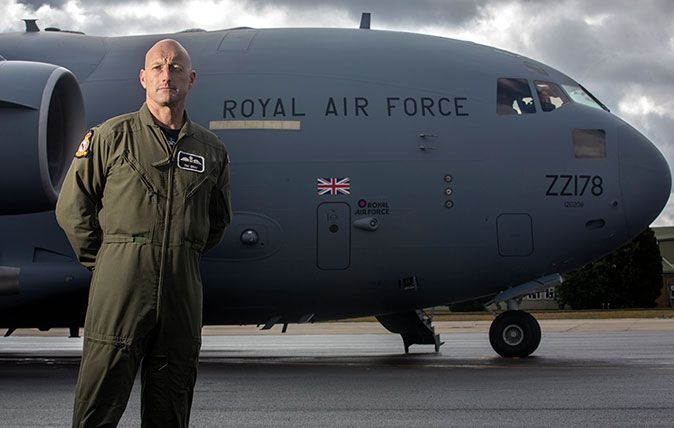

They wrestled Spitfires through blue skies over Britain, dodging the Luftwaffe and stalling Hitler’s invasion. They helped shape the Second World War, perhaps even the world as we know it. The RAF suffered the largest casualty rate of all British armed forces during it – 55,000 aircrew died on bombing missions against Germany.
Since then, magnificent men and women in their flying machines have flown millions of miles, carrying everything from soldiers, helicopters and nuclear bombs to water bottles, blankets and baby food. On April 1, Her Majesty’s Royal Air Force celebrates its centenary.
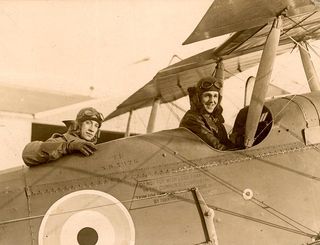
On the day of my visit to RAF Brize Norton in Oxfordshire, there’s a blizzard brewing and Storm Emma is gleefully flouncing her skirt across the Cotswolds; even the armed guard on sentry looks cold. However, the weather would have to be truly historic to affect operations here.
Built in 1937, originally to train glider pilots, Brize Norton is the UK’s biggest RAF base, with nearly 6,000 regular service personnel on the ground at any one time. Combine this with contractors and civil servants and there are about 8,000 people a day coming through these gates. They perform a mind-blowing diversity of jobs.
The flight crew
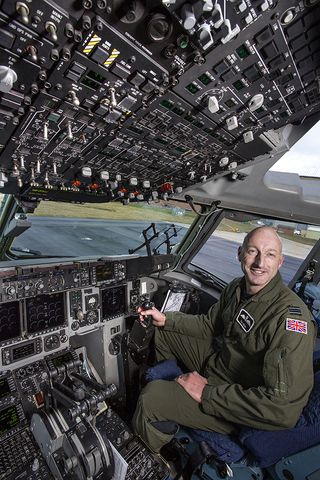
Inside Base Hangar, which stretches alongside the runway for more than a quarter of a mile, a beast lies quiet. The Boeing C-17 Globemaster (also pictured top_, which can carry 102 paratroopers, takes 134,556 litres of fuel, weighs 141 tons, cruises at 515mph and requires a 3,000ft runway to land, is so big its tail won’t fit inside.
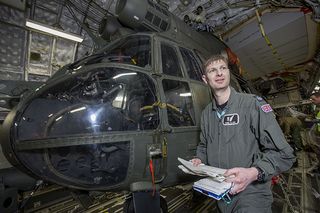
Developed in the 1980s for the US Air Force, its cavernous belly can swallow Chinook helicopters or Challenger tanks. Even the cockpit, in which Flt Lt Tim Gray is pictured sitting, seems enormous; and the picture of Sgt Chris Clark next to a helicopter in the rear of the plane says it all.
The ‘mover’
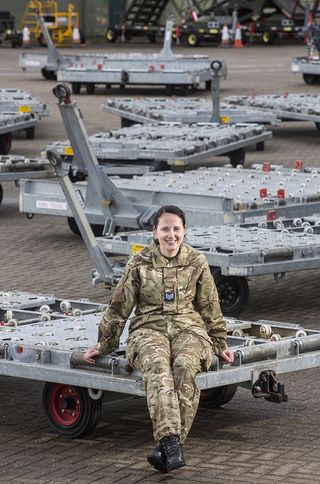
Given the enormous cargo it can swallow, loading up a C-17 Globemaster is no mean feat. Sgt Sim Rezazadeh-Wilson is one of those responsible for getting them in the vast hold.
Sign up for the Country Life Newsletter
Exquisite houses, the beauty of Nature, and how to get the most from your life, straight to your inbox.
‘I’m a mover,’ she says cheerfully. ‘We’re responsible for all the logistics – getting things where they’re supposed to be, when they’re supposed to be there. I build the load, whether it be passengers, tanks, food, weapons or whatever.’
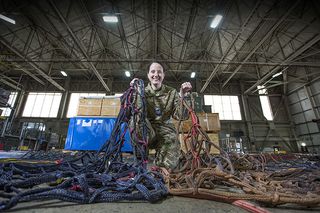
Married to another mover, Sgt Rezazadeh-Wilson can spend months away from her husband and young daughter at any time, but when she’s away he’s scheduled to be based at home and vice versa. The RAF extended family plugs the gaps.
‘It’s the life, you get used to it,’ she says. ‘We don’t think anything of it anymore.
‘And everybody around us is in the same boat. You all look after each other.’
The engineer
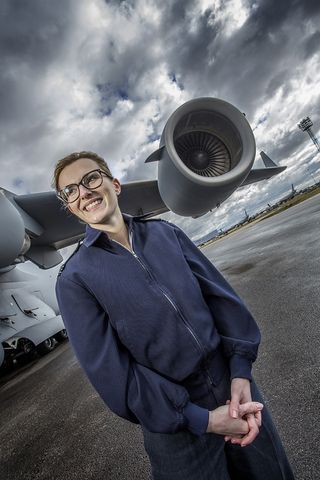
Women in the RAF have a clear and achievable career path. Ranks are paid the same, regardless of sex, and, although there aren’t many female movers yet, there are plenty of women in senior positions. ‘Joining the RAF doesn’t mean you’ll be covered in oil,’ says Flt Lt Beth Handsley-Smith, an Engineering Officer.
‘There is equal pay and opportunity here and the grades and promotion are transparent.’
Although she may not get covered in oil, she does get to sign off when the mighty C-17 is fit to fly.
‘My family has a long history with the RAF,’ Flt Lt Handsley-Smith explains, ‘and I have had a fascination with planes since I was a little girl.
‘When I was on holiday, aged about eight or nine, I remember seeing this Harrier zoom overhead and thinking “wow, that is so cool”.’
The dog handler
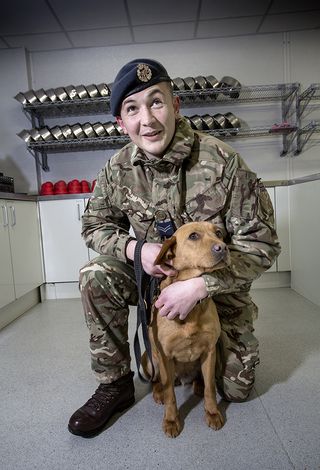
‘Dogs are not the first thing you think of when you mention the RAF,’ points out Cpl David Parton over a warming cup of coffee at the RAF Police Dog Section.
The dogs patrol this and other RAF bases and detect drugs and explosives. Some are trained to track and attack, like the fearsome looking Belgian malinois giving me the eye, thankfully from behind bars.
‘After chatting to my local career centre, I realised there was every kind of job imaginable,’ continues Cpl Parton, aged 26, who joined up at 18.
‘The options for travelling, the lifestyle – it really appealed. After basic training, I began working specifically with dogs.’
The gym instructor
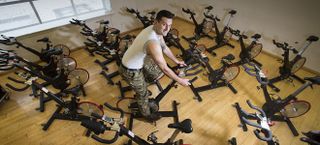
Cpl Richard Peregrine might ply his trade in a gym class, on a mountainside, in a river or on the sports pitch.
The physical-training instructor – all 6ft 7in of him – drove his mother mad with his excessive energy as a lad. After a spell of semi-professional rugby, he graduated from the School of Physical Training at RAF Cosford in Shropshire.
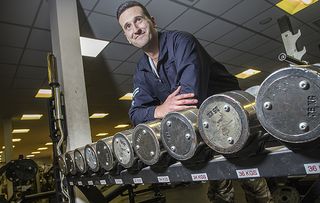
It’s now his job to find the best ways to deliver holistic physical training to RAF personnel.
‘It’s a fantastic job,’ Cpl Peregrine says. ‘I get to help others keep in shape and, at the same time, I’ve learned a whole range of new skills myself.
‘I box, climb, kayak, play rugby. Keeping everyone literally “fighting fit” is the job of a PT and I love doing it.’
The boss
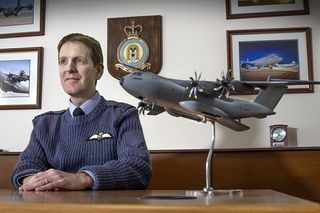
Over the years, the force’s focus has shifted between transport, reconnaissance, bombing and fighter capabilities and Station Commander Group-Capt Tim Jones believes it’s more relevant today than ever before.
‘When Hurricane Irma hit the Caribbean last year, we had people on the ground within 24 hours,’ he points out.
‘We had thousands more out there providing life-saving aid within the next few days. I’m very proud of that. That ability – to reach anywhere on the planet, with the right people, the right equipment, at the right time – has never been more important.
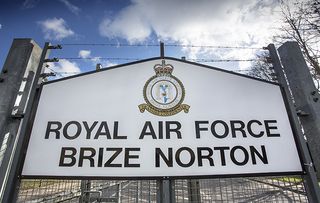
‘And aeronautical engineering and related technology move at an incredible pace – there were only 50 years between the Wright brothers and Concorde,’ he says.
‘The RAF is a forward-thinking force, open to all, doing extraordinary things in extraordinary situations. And, after more than 20 years, that’s still what I love about it most.’
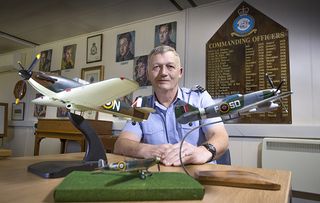
Country Life is unlike any other magazine: the only glossy weekly on the newsstand and the only magazine that has been guest-edited by HRH The King not once, but twice. It is a celebration of modern rural life and all its diverse joys and pleasures — that was first published in Queen Victoria's Diamond Jubilee year. Our eclectic mixture of witty and informative content — from the most up-to-date property news and commentary and a coveted glimpse inside some of the UK's best houses and gardens, to gardening, the arts and interior design, written by experts in their field — still cannot be found in print or online, anywhere else.
-
 Reader Event: Why Sir John Soane matters
Reader Event: Why Sir John Soane mattersOn March 10, Country Life's Giles Kime hosted an event that explored the legacy of the great architect Sir John Soane, featuring a panel discussion that included Will Gompertz, Maria Speake, and Hector and Emma Finch.
By Country Life Published
-
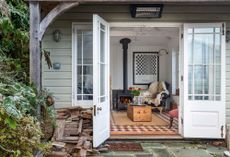 A waterside cottage in Devon with a private quay, idyllic views and the prettiest summerhouse we've seen in years
A waterside cottage in Devon with a private quay, idyllic views and the prettiest summerhouse we've seen in yearsRight beside the picturesque Yealm Estuary, No 1 Noss Mayo is an idyllic home that feels like an escape from the world. Annabel Dixon takes a look.
By Annabel Dixon Published
-
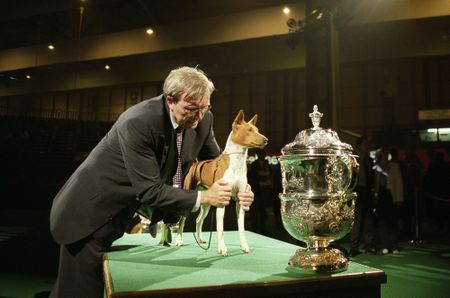 The most successful dog breed in the history of Crufts? Country Life Quiz of the Day, March 24, 2025
The most successful dog breed in the history of Crufts? Country Life Quiz of the Day, March 24, 2025Plus the stars in the sky and a curiously-named colour.
By Toby Keel Published
-
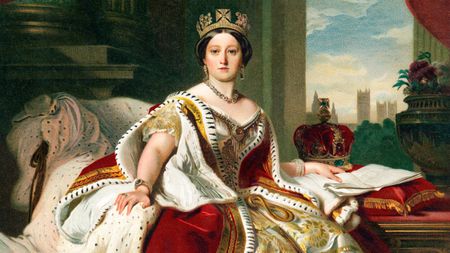 What was Queen Victoria's real first name? Country Life Quiz of the Day, March 21, 2025
What was Queen Victoria's real first name? Country Life Quiz of the Day, March 21, 2025Plus the stars in the sky and a curiously-named colour.
By Toby Keel Published
-
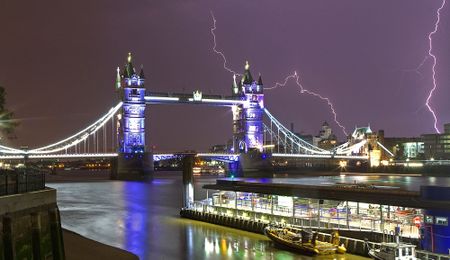 How many times a year does Britain get struck by lightning? Country Life Quiz of the Day, March 20, 2025
How many times a year does Britain get struck by lightning? Country Life Quiz of the Day, March 20, 2025Plus Freddie Mercury's house and more in Thursday's quiz of the day.
By Toby Keel Published
-
 Red squirrels vs grey squirrels: Country Life Quiz of the Day, March 19, 2025
Red squirrels vs grey squirrels: Country Life Quiz of the Day, March 19, 2025Plus men in the moon and more in Wednesday's quiz of the day.
By Toby Keel Published
-
 Chatsworth, Dickens heroines and flying non-stop to Sydney: Country Life Quiz of the Day, March 18, 2025
Chatsworth, Dickens heroines and flying non-stop to Sydney: Country Life Quiz of the Day, March 18, 2025A wonderful property at a somewhat unbelievable price,
By Toby Keel Published
-
 James Bond Island, Britain's best Best Actor and more: Country Life Quiz of the Day, March 17, 2025
James Bond Island, Britain's best Best Actor and more: Country Life Quiz of the Day, March 17, 2025Start your week off with Monday's Quiz of the Day.
By Toby Keel Published
-
 How much did Stonehenge cost when it came up for sale? Country Life Quiz of the Day, March 14, 2025
How much did Stonehenge cost when it came up for sale? Country Life Quiz of the Day, March 14, 2025Friday's Quiz of the Day
By Toby Keel Published
-
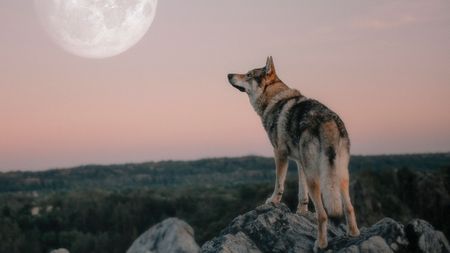 The fate of the last wolf in Britain? Country Life Quiz of the Day, March 13, 2025
The fate of the last wolf in Britain? Country Life Quiz of the Day, March 13, 2025Our daily quiz tests your gut instinct, powers of deduction and downright luck. Unless you happen to know all the answers for sure.
By Toby Keel Published
